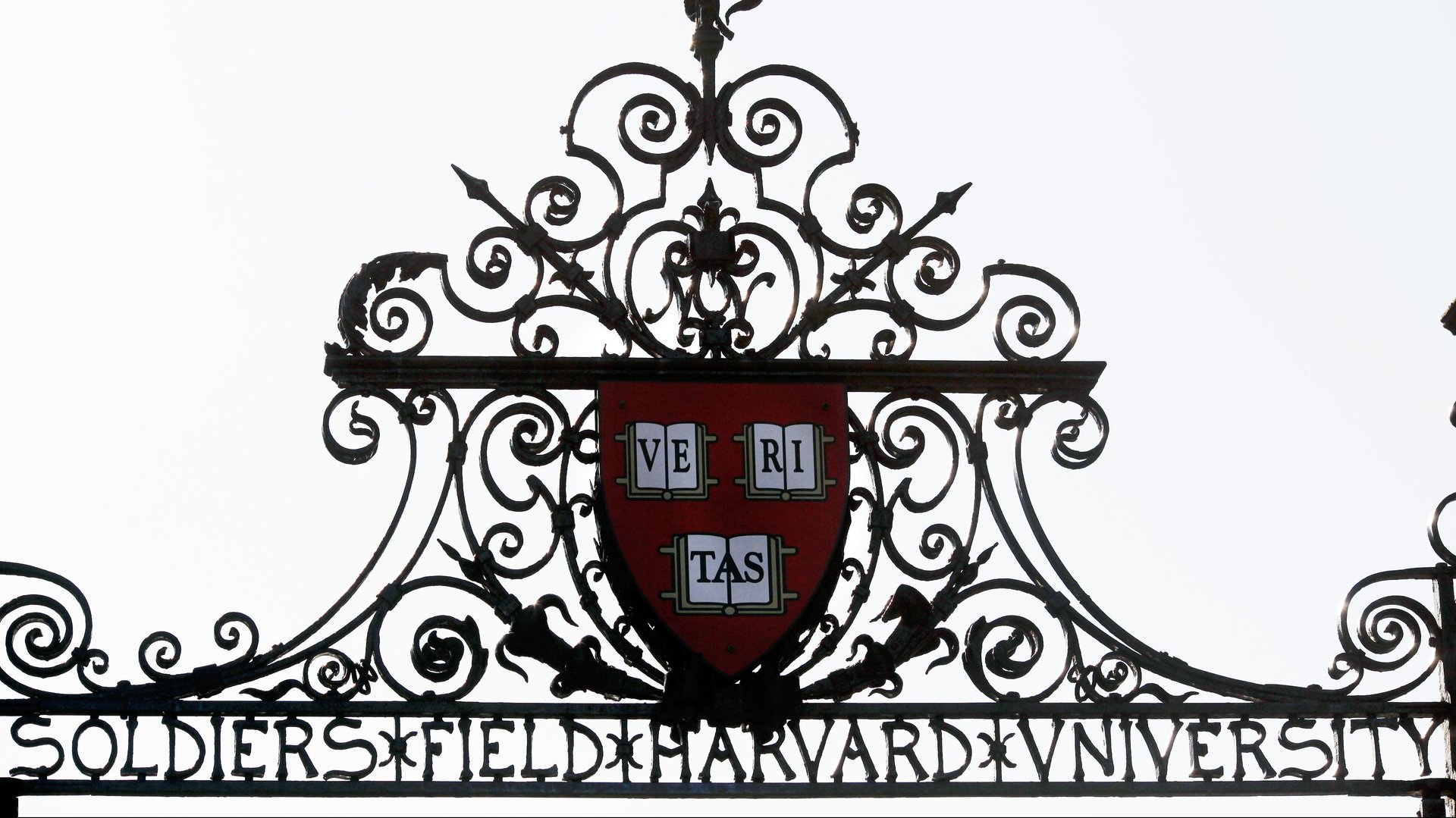Harvard won the admissions trial but has changed its process anyway
Over the last five years, a lawsuit alleging that Harvard discriminates against Asian-American applicants has become one of the most divisive pieces of litigation in the United States and kickstarted a fierce debate about the merits of affirmative action. On Tuesday (Oct. 2), it reached its much-anticipated conclusion when US district judge Allison D. Burroughs ruled against the plaintiff, Students for Fair Admissions (SFFA), and in favor of Harvard.


Over the last five years, a lawsuit alleging that Harvard discriminates against Asian-American applicants has become one of the most divisive pieces of litigation in the United States and kickstarted a fierce debate about the merits of affirmative action. On Tuesday (Oct. 2), it reached its much-anticipated conclusion when US district judge Allison D. Burroughs ruled against the plaintiff, Students for Fair Admissions (SFFA), and in favor of Harvard.
This story begins in 2014. Students for Fair Admissions, an advocacy group representing Asian-American students who were rejected from Harvard, and led by anti-affirmative action activist Edward Blum, filed a lawsuit against Harvard alleging it violated Title VI of the Civil Rights Act. This was not the first time Blum threw his support behind a legal effort to “erase racial preferences from American life,” according to The New York Times.
Harvard argued that it used race in its undergraduate admissions process only in accordance with the law and as one factor of many in order to recruit a diverse class of students. SFFA, meanwhile, argued that Harvard viewed race as much more than just a “plus” factor in its admissions decisions, but rather as a way to systematically and intentionally prejudice Asian-American students. The case received renewed public attention in August 2018, when the Justice Department weighed in as part of what critics saw as a concerted push by the Trump administration to dismantle affirmative action.
In her final ruling (pdf, p. 112), Judge Burroughs dismissed all of SFFA’s claims against Harvard and wrote that “while the admissions process may be imperfect, the statistical disparities between applicants from different racial groups on which SFFA’s case rests are not the result of any racial animus or conscious prejudice and finds that Harvard s admissions program is narrowly tailored to achieve a diverse class and the benefits that flow therefrom.”
Blum and SFFA plan to appeal her decision and the case is widely expected to reach the Supreme Court.
While Harvard was vindicated in this case, it has nonetheless changed its admission process. Admissions officers who recruited this year’s freshman class were instructed (pdf, p.17) not to “take an applicant’s race or ethnicity into account in making any of the ratings other than the overall rating,” and told that for the overall rating the “consideration of race or ethnicity may be considered only as one factor among many.” The judge wrote that “Harvard perhaps should have instituted an explicit written policy stating which ratings could take race into account before 2018, but that error has now been remedied.”
The school also overhauled its personal rating criteria for the class of 2023, according to judge Burroughs, in an effort to correct what SFFA argued was a propensity of admissions officers to refer to Asian-American applicants as “quiet,” “hard worker, bright” but “bland ” “flat,” or “not exciting” in their evaluations. The new reading procedures encourage admissions officers to “consider qualities of character such as courage in the face of seemingly insurmountable obstacles, leadership, maturity, genuineness, selflessness, humility, resiliency, judgment, citizenship, and spirit and camaraderie with peers.”
After the ruling came out, Harvard president Lawrence S. Bacow wrote to the student body: “Everyone admitted to Harvard College has something unique to offer our community, and today we reaffirm the importance of diversity—and everything it represents to the world.”
Supporters of SFFA were not placated by the changes Harvard has instituted.
“It is not enough,” said Swan Lee, co-founder of the Asian American Coalition for Education (AACE), which filed a joint amicus brief supporting SFFA’s suit, along with other advocacy groups. “As long as Harvard doesn’t admit to racial discrimination against Asian Americans, there won’t be significant, sustainable changes to their system.”
Advocates say they are more determined than ever to challenge race-conscious admission and what they see as an institutional bias against Asian-Americans.
The court ruling, said Wenyuan Wu, director of administration at the AACE, “was neither the beginning nor the end of this David vs. Goliath battle.”